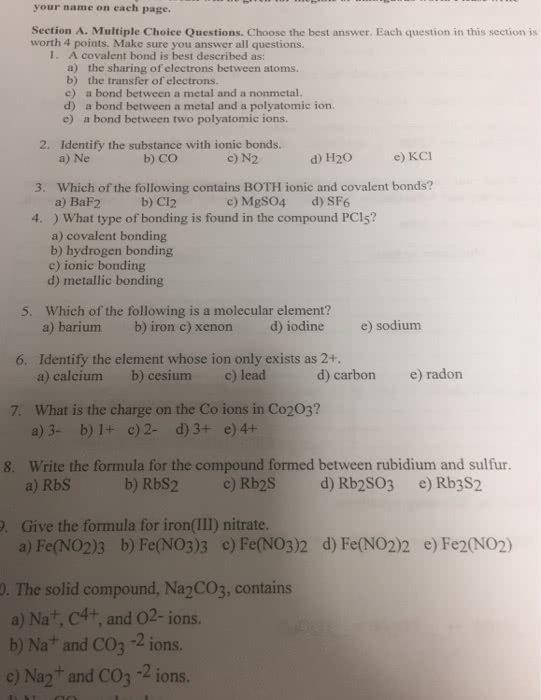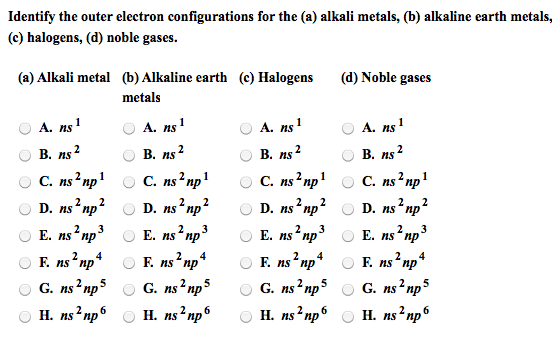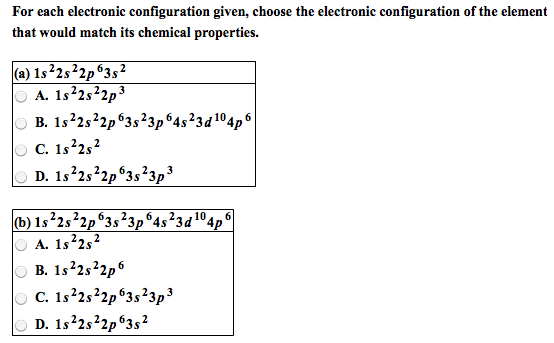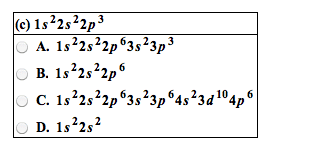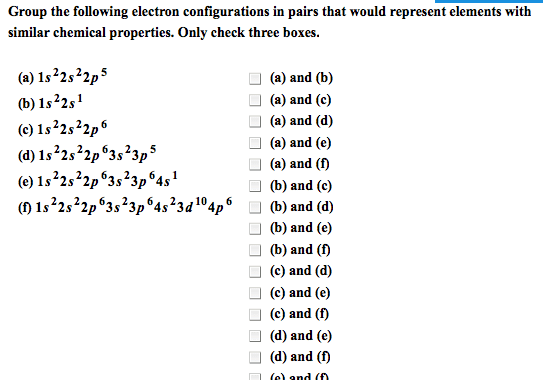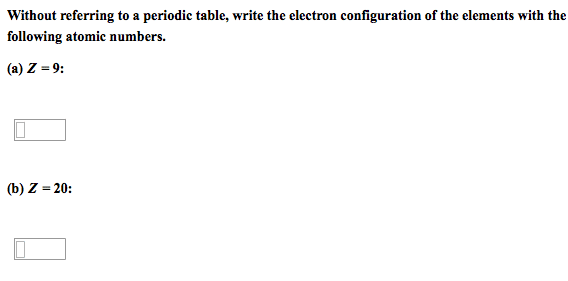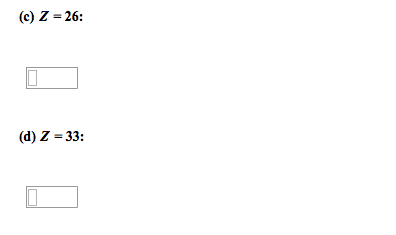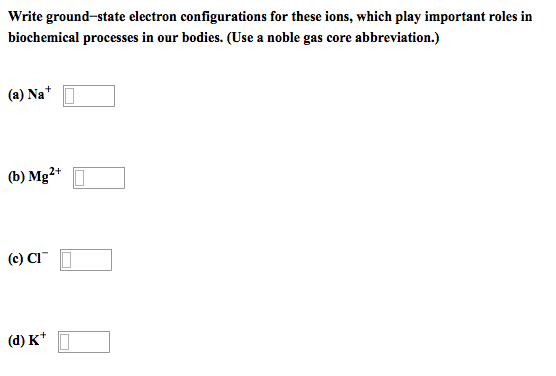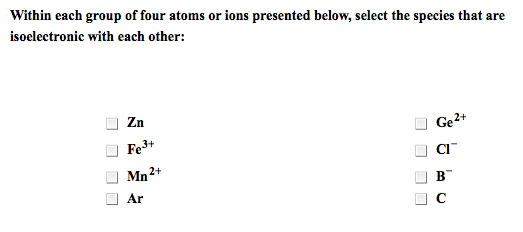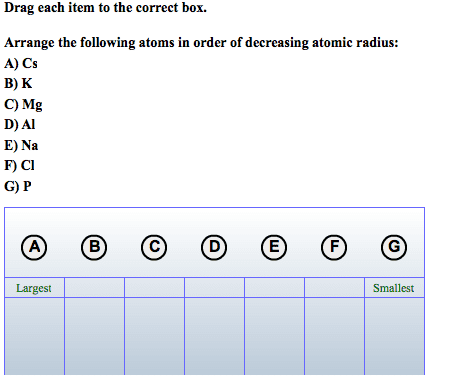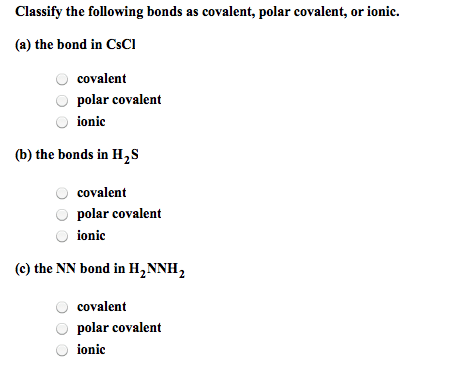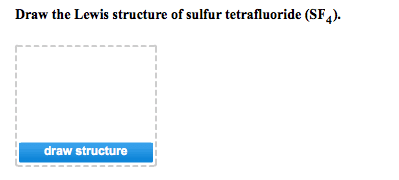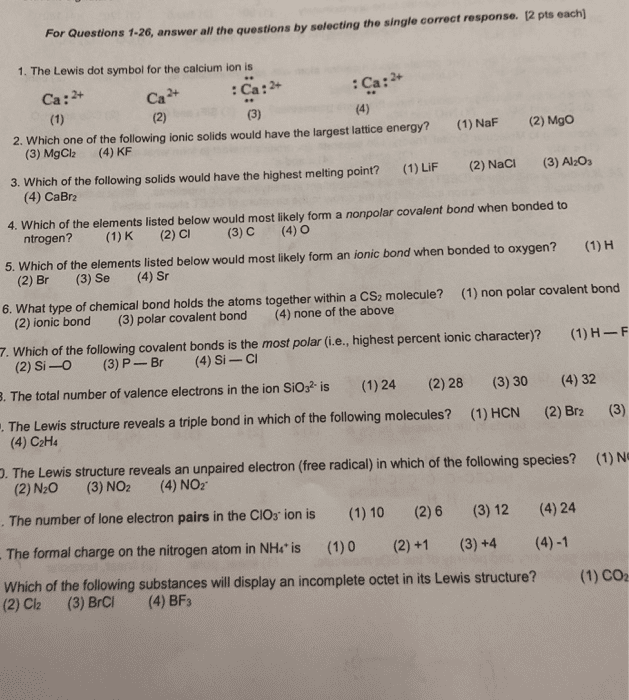CHEM1011 Lecture Notes - Lecture 4: Manganese, Mercury (Element), Triatomic Molecule

TOPIC 4.
COVALENT COMPOUNDS: bonding, naming, polyatomic ions.
Covalent bonding.
In Topic 3, one type of chemical bond, the ionic bond, was discussed. Ionic bonding is
essentially electrostatic attraction between ions. The ions examined in that Topic were
shown to form because the energetically favoured outer electron arrangement of the
noble gases is attained in the process. However, there is another means by which an
atom can attain at least a share of the number of electrons required for it to become
isoelectronic with a noble gas without having the electrons transferred totally to or
from that atom. In the type of chemical bond called the COVALENT BOND, two
atoms share electrons which are spread over both of the bonded atoms.
Consider the simplest possible molecule, the H2 molecule. In Topic 2, it was shown
that each hydrogen atom has a nucleus consisting of a single proton around which one
electron orbits. If two hydrogen atoms come sufficiently close together, there is a
repulsion between the two nuclei, as they both have the same positive electrical charge
and like charges repel. Similarly, there is a repulsion between the two electrons. At
the same time however, there is attraction between each nucleus and the two electrons,
and this attraction allows the nuclei to remain close together in spite of the repulsions
present. Calculations show that the electrons become more concentrated in the region
between the nuclei than elsewhere, and this accounts for the stability of the bond.
Recall that the hydrogen atom's electron is in an orbit that can contain a maximum of
two electrons. Formation of the H2 molecule results in each H atom having a share of
2 electrons and therefore achieving the stable structure of the inert gas, helium. This is
the basis for all covalent bonds, the resultant molecule having a lower energy than the
individual atoms.
Thus H2 is the stable hydrogen molecule rather than H3, H4, etc. Note that unlike ionic
bonds, there has not been a complete transfer of charge from one atom to another, so
no ions form. A covalent bond is often represented as a line between the two bonded
IV - 1
find more resources at oneclass.com
find more resources at oneclass.com

IV - 2
atoms. The line indicates two shared electrons (a pair) between the atoms which it
joins. Thus the hydrogen molecule can be shown as H−H. Just as the charges on the
component ions in ionic compounds are not normally shown, so too the bonds between
covalently bonded atoms are often understood in the formulas of such molecules and
so the molecule of hydrogen would usually be written as H2 rather than H–H.
Covalent bonding in the water molecule.
Now consider the molecule of water. Earlier the formula H2O was given for this
molecule. Consider the electron arrangement around the O atom. As its atomic
number is 8, then there are 8 electrons surrounding the O nucleus. Of these electrons,
there are 2 in the first energy level and 6 in the second energy level. As discussed in
Topic 2, a further 2 electrons are required in the second level to bring it up to 8
electrons and thereby attain the same electron arrangement as in the neon atom. This
arrangement is present in the O2– ion which is isoelectronic with neon.
An alternative to the complete transfer of 2 electrons to the O atom to form the O2− ion
is for the O atom instead to share the electrons of two hydrogen atoms by forming 2
covalent bonds. Each H atom provides a share of 1 electron to the O atom and in turn
gains a share of 1 oxygen electron to form a covalent H−O bond just as in the H2
molecule. The O atom, by forming 2 such bonds to H atoms, finishes up with the same
number of electrons as in neon. Note that electrons from different atoms are
indistinguishable, and once in a covalent bond, cannot be regarded as belonging to
either atom, but shared by both.
The water molecule can be written as H−O−H to show that each H atom is bonded to
the central O atom. Each dash represents one pair of electrons in a covalent bond in
this type of formula which is called a STRUCTURAL FORMULA.
Valence.
From this example, it can be seen that O atoms in covalent compounds will always be
associated with the formation of two covalent bonds in order to obtain the desired total
of 8 electrons in the outer level. In the case of ionic compounds, the O atom will be
present as the O2− ion and would be bonded for example to two 1+ charged ions. The
ability of the O atom to form two bonds in compounds, covalent or ionic, is expressed
find more resources at oneclass.com
find more resources at oneclass.com

IV - 3
in a quantity called the VALENCE of that atom. Thus O has a valence = 2, while H
always forms just 1 bond and therefore has a valence = 1. In ionic compounds, the
valence is the number of electrons gained (anions) or lost (cations) in forming the ionic
species. Note that valence has no sign attached, and is simply the number of bonds
which that atom can form in compounds, be they ionic or covalent. While the atoms of
some elements (e.g. the first two groups in Table 2 of Topic 1) show only a single
valence state in their compounds, there are many other elements that can have more
than one valence state. This has already been noted in Topic 3 for the case of ionic
valence of metals such as iron (Fe2+, Fe3+), copper (Cu+, Cu2+) and tin (Sn2+, Sn4+).
Among non-metals, although hydrogen only has a valence state = 1 and oxygen only
has a valence state = 2, many other non-metals can exist in more than one valence
state in their compounds. For example, sulfur forms the stable covalent oxides SO2
and SO3 where the valence of the S atom is 4 and 6 respectively. Nitrogen, while only
able to have a valence of 3 in ionic compounds as in the nitride ion, N3!
, shows a range
of valencies in covalent compounds. Thus oxides of nitrogen include NO, N2O, NO2
and N2O3. Why these variable valence states can exist will be dealt with in first year
courses later in the year.
The methane molecule.
Consider another example - the molecule of methane which has the formula CH4. As
carbon has atomic number = 6, then the electron structure in this atom must be 2
electrons in the first energy level (filled) + 4 in the second energy level. To attain the
electron structure of helium by the loss of 4 electrons or the electron structure of neon
by the gain of 4 electrons is energetically unfavourable. Instead, carbon attains the
neon structure more easily by forming 4 covalent bonds, as for example in methane,
through covalent bonding to four H atoms. Thus in CH4, the C atom has a share of 8
electrons in its outer level using the original 4 electrons from the outer level of the C
atom + the 4 electrons from the four bonded H atoms, making it isoelectronic with
neon. Carbon has a valence = 4 in its compounds. The structural formula for CH4 is
illustrated below.
The ammonia molecule.
The atom of nitrogen, an element from the fifth group, requires 3 electrons in order to
be isoelectronic with neon. In Topic 2, it was seen that this could be achieved by the N
atom gaining 3 electrons to form the N3– ion. An alternative to forming an ion is for
the N atom to form 3 covalent bonds instead. The covalent compound, ammonia, has
the formula NH3. By forming the 3 covalent bonds to three H atoms, the N atom
attains a total of 8 outer level of electrons and thus becomes isoelectronic with neon.
The nitrogen atom therefore has a valence = 3 in ammonia. The covalent bonds in
ammonia can be represented as shown in the structural formula below where again
each bond is represented by a line corresponding to two shared electrons between the
bonded N and H atoms.
find more resources at oneclass.com
find more resources at oneclass.com


